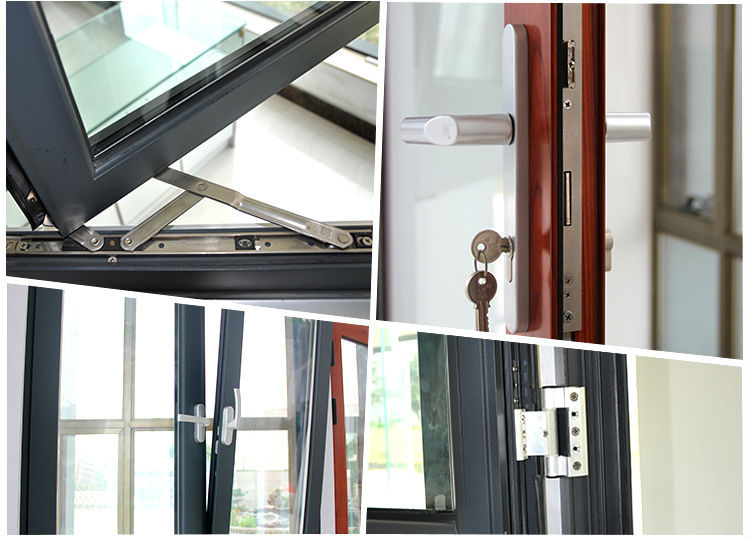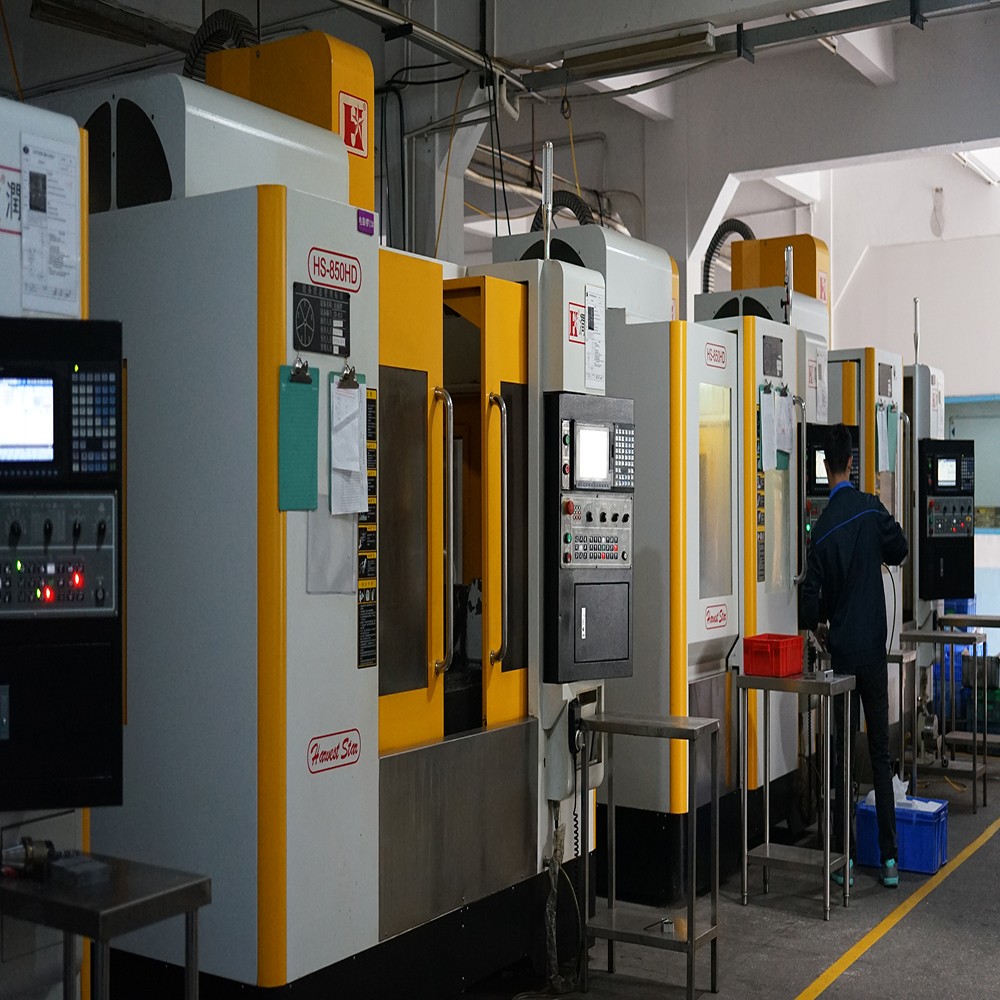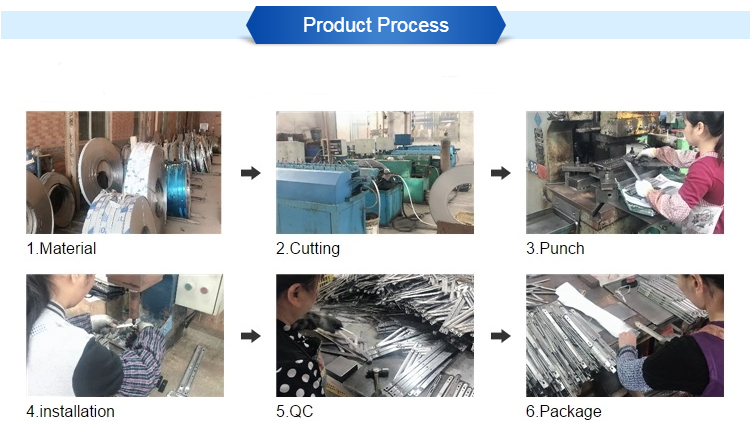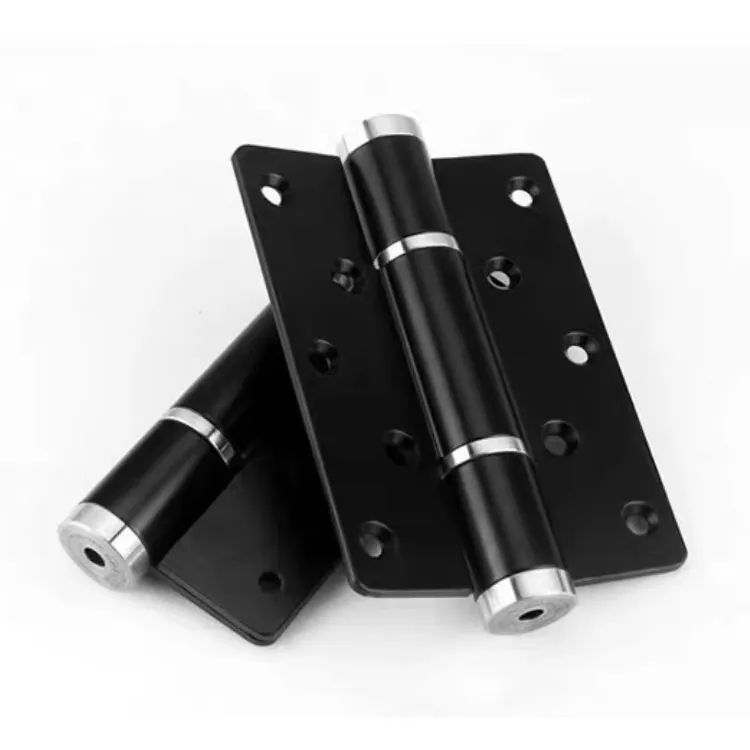Unveiling the Artistry of Architectural Window Hinges
Introduction
In the world of architectural design, every detail matters, and window hinges are no exception. These unassuming yet essential components contribute to the overall aesthetics, functionality, and character of a building. This article delves into the artistry behind architectural window hinges, exploring how they blend form and function to create captivating spaces.
Craftsmanship and Materials
Architectural window hinges showcase the craftsmanship and attention to detail that architects and designers infuse into their creations. Hinges are available in a myriad of materials, from classic brass and wrought iron to modern stainless steel and aluminum. Each material imparts a distinct texture, finish, and visual appeal that harmonizes with the building’s design concept.
Design Continuity
Window hinges provide an opportunity to establish design continuity throughout a building. By selecting hinges that complement other architectural elements such as door handles, light fixtures, and railings, a cohesive design language is formed. This attention to detail creates a harmonious and visually pleasing environment that resonates with occupants and visitors alike.
Historical Revival and Modern Interpretation
Architectural window hinges often draw inspiration from historical styles, breathing new life into traditional designs. Hinges reminiscent of Gothic, Art Deco, or Victorian eras add a touch of nostalgia to contemporary structures. Modern interpretations of these designs integrate cutting-edge technology and materials while retaining the charm of bygone eras.
Sculptural Accents
Certain window hinge designs transcend their functional role and become sculptural accents. Decorative hinges with intricate patterns, motifs, and engravings elevate windows to works of art. Such hinges transform windows into focal points that capture the eye and convey the architect’s creative vision.
Integration of Movement
Window hinges introduce an element of movement that engages the senses. The fluid motion of a well-designed hinge adds a tactile dimension to the act of opening and closing windows. Architects can harness this dynamic quality to enhance the experiential aspect of their designs, turning windows into interactive elements within the space.
Environmental Context
Architectural window hinges don’t exist in isolation; they interact with the surrounding environment. Hinges designed for expansive views capitalize on the natural beauty of landscapes, seamlessly blending indoor and outdoor spaces. These hinges become conduits through which the external world becomes an integral part of the interior experience.
Future Innovations
As architectural trends evolve, so do window hinges. The future promises innovations that merge form and function even further. Hinges integrated with sustainable technologies, adaptable designs for changing weather conditions, and interactive smart hinges that respond to occupants’ needs are on the horizon.
Conclusion
Architectural window hinges are more than utilitarian components – they are conduits of creativity and artistic expression. Their ability to blend seamlessly with architectural styles, evoke emotions, and enhance the user experience highlights the intricate relationship between form and function. As architects continue to push the boundaries of design, window hinges stand as testament to the enduring connection between craftsmanship and architecture.















